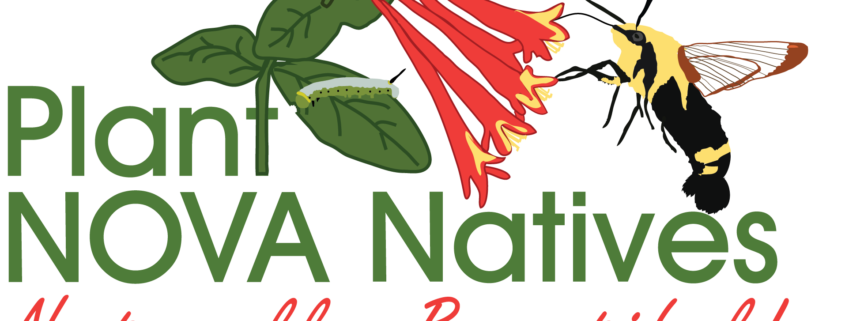Mark Your Ballot: Goldenrods or Asters?
While humans are bustling about on election campaigns, the rest of the world’s citizens are frenetically preparing for winter. Bees, butterflies, and other pollinators seek out the last of the flowering plants. In the Mid-Atlantic area, goldenrods and asters provide that critical food source (just as red maples fill that need at the other end of the growing season, when bees start to emerge in the spring before anything else is blooming.)
If you pause for a minute in front of blooming goldenrods and asters, you will be astonished at the number of bees foraging for nectar and pollen, including many of the hundreds of species of native bees and the non-native honeybees. If the sun is shining and the temperature is high enough, you will also be treated to the sight of butterflies and skippers flitting from flower to flower. Look very closely at the goldenrod flowers and you will find a whole world of tiny beetles and other creatures hiding between the blossoms.
There are many species of goldenrods and asters, all very easy to grow. They come in different sizes, and asters come in different colors. Some self-seed exuberantly, some are more contained. You can find out the details by consulting the Plant NOVA Natives online search app. Late autumn is not too late to plant, as the roots will continue to grow even as the tops die back.
Cast your ballot on our Bloom Time Table page by clicking here to choose your favorite. Or vote instead on the Plant NOVA Natives Facebook page. Polls close at 7 pm on November 6, of course! We know who the insects are voting for: there is nothing elective for them about native plants, upon which they are completely dependent. To help you choose, check out the “campaign ads” on this short video.




